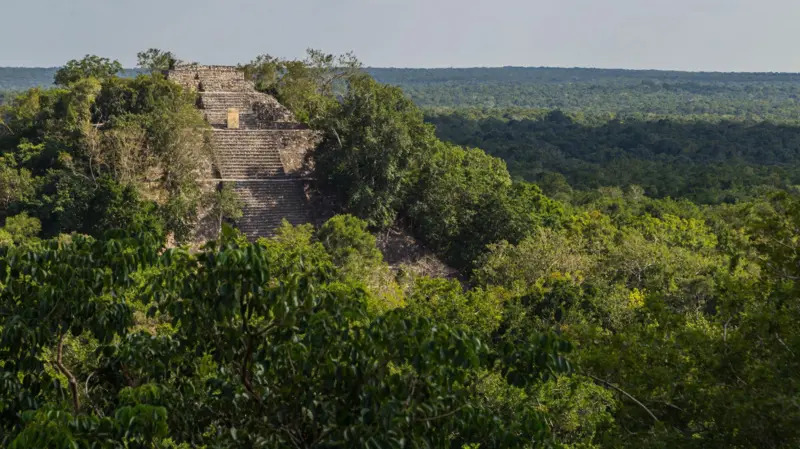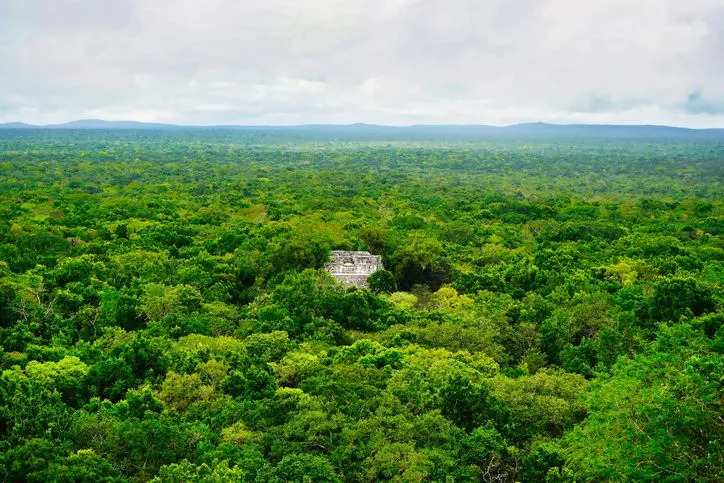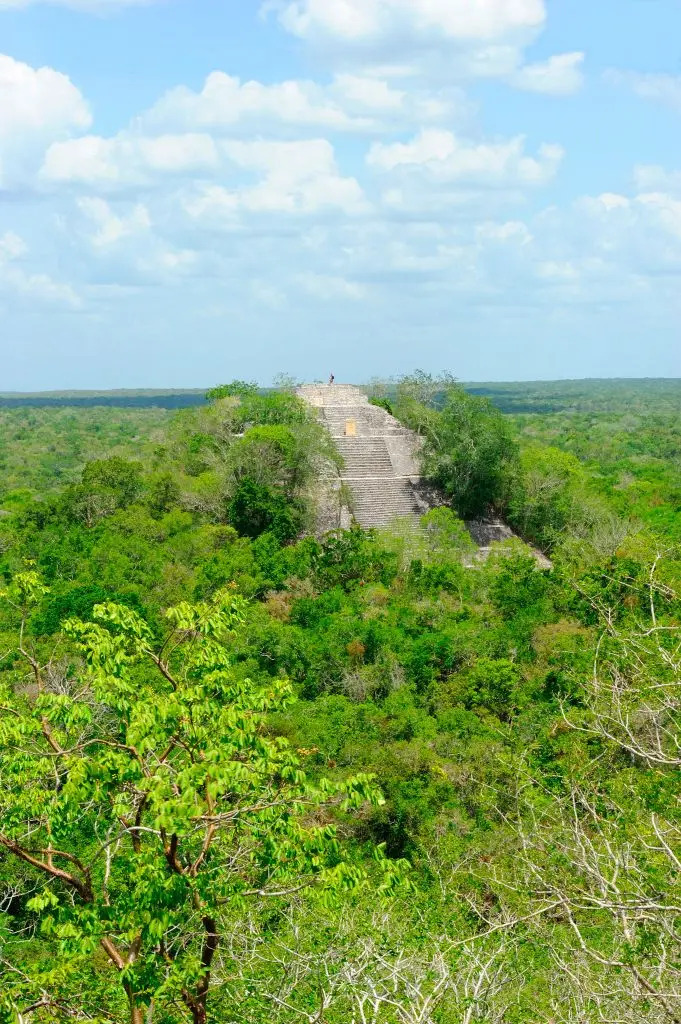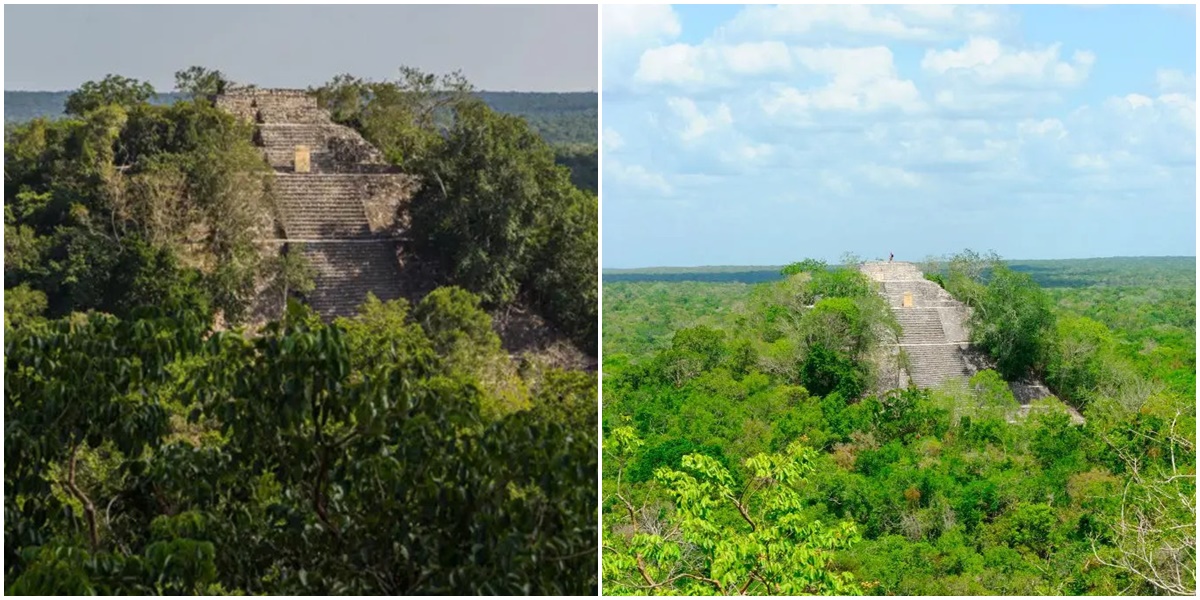Kapanlagi.com - An extraordinary discovery has astonished the world of archaeology, where an ancient Maya city that had been lost has been found after being hidden for centuries behind the dense forests of Mexico. Archaeologists who identified this site discovered a number of large structures including pyramids, connecting pathways, and an amphitheater.
This discovery is located in Campeche, a southeastern region of Mexico, and is believed to be the second largest complex after Calakmul. This ancient city, named Valeriana, has provided new insights into the ancient Maya culture that were previously unknown.
1. The Discovery of Valeriana Using Lidar Technology

credit: https://www.gettyimages.com/
The discovery of the city of Valeriana was made possible thanks to the use of Lidar technology, a method that shoots thousands of laser signals from an aircraft to map structures beneath dense vegetation. This technology helps archaeologists see what is hidden from human sight.
According to archaeologist Auld-Thomas, the city was discovered "by accident" while he was examining Lidar survey data on the internet. “This city has a building density second only to Calakmul, the largest Maya site in Latin America,” said Thomas.
2. Area and Population of the Ancient City

credit: https://www.gettyimages.com/
Valeriana, which measures the size of the city of Edinburgh, is estimated to have been home to 30,000 to 50,000 people between the years 750 and 850. This number is larger than the modern population in the surrounding area of the site. Researchers believe that this city became an important cultural center in its time.
Professor Marcello Canuto, one of the authors of the research, called this finding a paradigm shift in Western history. "This discovery shows that tropical areas were not just places of dead civilizations but were home to complex and advanced cultures," Canuto explained.
3. Proximity of Location to Modern Life

credit: https://www.gettyimages.com/
Interestingly, the Valeriana site is only a 15-minute walk from the main road near Xpujil, where the Maya community currently resides. This discovery emphasizes that this large city is "hidden in plain sight," yet remained undetected for hundreds of years.
Researchers also state that to date there are no photos or visual documentation of Valeriana, as no one has ever set foot there. Nevertheless, local residents may be aware of remnants of civilization beneath the mounds.
4. Will This Discovery Change Perspectives on Ancient Civilizations?
Professor Canuto believes that this discovery helps change the misconception about tropical regions as places where civilizations did not develop. On the contrary, this finding proves that ancient societies in the area had a sophisticated and diverse culture.
5. How does Lidar help discover ancient sites?
Lidar maps structures beneath thick vegetation by emitting laser signals and measuring their return time to identify hidden objects.
6. Why is the city of Valeriana important to Maya history?
Because this city is believed to be one of the largest centers of civilization after Calakmul, with a large population and structures that show architectural advancement.
7. How far is Valeriana from other archaeological sites?
This city is located about 100 km from Calakmul, which is the largest Maya site.
What do KLOvers think about this? Come on, write in the comments! If not now, when?
(kpl/vna)
Disclaimer: This translation from Bahasa Indonesia to English has been generated by Artificial Intelligence.















